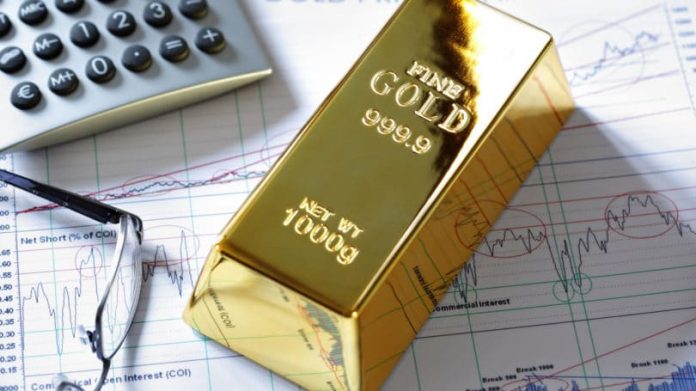The economy has been on a downward trajectory ever since this pandemic came into being. Various measures have been taken to offset this issue but for how long will this last? Let’s take a deeper dive onto how the gold market is faring during this pandemic season. According to World Gold Council (WGC) higher risk and uncertainty along with much lower opportunity cost will probably be supportive of gold investment demand for FY2020.
“This could help offset any negative effect of lowered consumer demand in gold performance as economic activities contract,” miners’ lobby group said adding that gold’s behavior after this will depend on the speed of recovery and the duration of monetary policies and fiscal stimulus.
Gold has risen over 12 per cent in the international market, so far this year as global central banks introduced various stimulus to limit further economic damage. Gold, as an asset class, gains multiple benefits from stimulus measures as it is considered as a hedge against inflation and currency debasement.
A report by WGC looked into the potential performance of gold in four hypothetical scenarios – starting with swift recovery, then US corporate crisis, emerging markets downturn and deep recession.
In the first scenario, if the economy where to make a swift recovery: the economic activity in the first half of 2020 is extremely weak, but the global economy is expected to rebound sharply in the second half. To ensure that this upward trajectory continues, central banks may keep monetary policy loose and real interest rates will remain close to zero at least until 2024.
If there is swift recovery, the model proposed by WGC indicates that gold’s implied returns are positive but may decrease between 2020 and 2022, before turning to negative in the two years following.
In case there happens to be a US corporate crisis, where US companies are severely impacted by the pandemic, with the US stock market falling as much as 45 per cent in 2020, then in the consecutive 4 years there will be a fall, but the five-year compounded return still stays positive at 2 per cent.
In case there is a downturn in emerging markets, this model indicates that the gold’s implied returns in 2020 and 2021 could be higher than most of the other scenarios. Gold’s strong return in 2020 is mostly driven by the uncertainty that surrounds the coronavirus outbreak and monetary policy action.
In the scenario of deep recession, where Covid-19 impact on the global economy much deeper and longer than anticipated, then gold’s performance in 2020 will be followed by robust but gradual decrease in gains through 2023 and turning negative in 2024, which results in an annualized implied return of close to 20 per cent over a five-year period.

